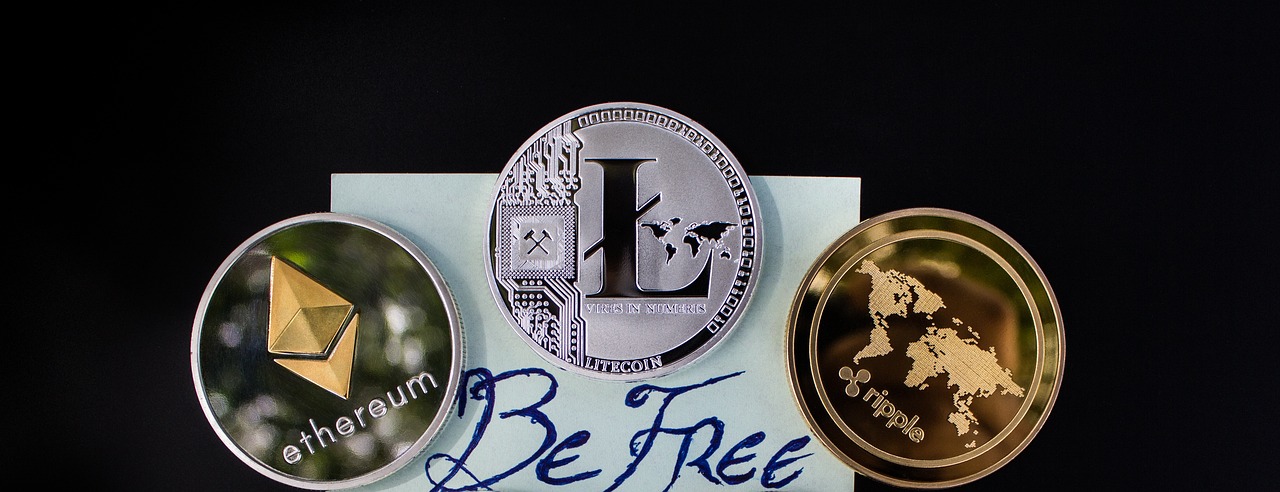Introduction
Cryptocurrencies have revolutionized the financial landscape, and Ethereum, with its smart contract capabilities, has played a pivotal role in this transformation. One of the key features that Ethereum offers is the ability to create custom tokens through its ERC-20 standard. ERC-20 tokens have become the backbone of numerous decentralized applications (DApps) and Initial Coin Offerings (ICOs). In this comprehensive guide, we will walk you through the process of creating an ERC-20 token on the Ethereum blockchain.
Understanding ERC-20 Tokens
ERC-20 stands for Ethereum Request for Comment 20, and it defines a common set of rules for creating and interacting with tokens on the Ethereum blockchain. These rules ensure that ERC-20 tokens are compatible with various platforms, wallets, and exchanges, promoting interoperability within the Ethereum ecosystem.
Key Features of ERC-20 Tokens
- Total Supply: ERC-20 tokens have a finite supply, which is defined during the token creation process. The total supply represents the maximum number of tokens that will ever exist.
- Balance Of: This function allows users to check the token balance of a specific Ethereum address.
- Transfer: ERC-20 tokens can be transferred between Ethereum addresses using the transfer function. This is a fundamental feature that facilitates the peer-to-peer transfer of tokens.
- Transfer From: This function enables the transfer of tokens on behalf of another address, provided that the owner has given approval (allowed the spender to spend tokens on their behalf).
- Approve: To enable the transfer from one address to another, the owner must approve the spender’s address using the approve function.
- Allowance: This function allows a spender to check the amount they are approved to spend on behalf of the token owner.
Now that we have a basic understanding of ERC-20 tokens, let’s move on to the steps involved in creating one.
Step 1: Set Up Your Development Environment
Before you start creating your ERC-20 token, ensure that you have the necessary tools and a development environment in place.
Tools Needed
- Code editor (Visual Studio Code, Atom)
- Node.js runtime
- Truffle framework
- Ganache (personal blockchain for Ethereum development)
Step 2: Create a New Truffle Project
Use the following commands to create a new Truffle project:
truffle initThis command initializes a new Truffle project with the necessary directory structure.
Step 3: Define Your ERC-20 Token
In the “contracts” directory of your Truffle project, create a new Solidity file (e.g., MyToken.sol) and define your ERC-20 token contract.
// MyToken.sol
pragma solidity ^0.8.0;
import "@openzeppelin/contracts/token/ERC20/ERC20.sol";
contract MyToken is ERC20 {
constructor() ERC20("MyToken", "MTK") {
_mint(msg.sender, 1000000 * 10 ** decimals());
}
}In this example, we import the ERC20.sol file from the OpenZeppelin library, a widely used library for secure and community-vetted smart contract development.
Step 4: Install OpenZeppelin Contracts
To use the OpenZeppelin contracts, you need to install the library.
npm install @openzeppelin/contractsThis installs the OpenZeppelin contracts in your project.
Step 5: Compile and Migrate the Smart Contract
Compile your smart contract using the following command:
truffle compileAfter successful compilation, you can deploy the contract to your local blockchain (Ganache) using:
truffle migrate --resetThis command deploys your contract to the local blockchain, and the contract address will be displayed in the console.
Step 6: Interact with Your ERC-20 Token
Now that your ERC-20 token is deployed, you can interact with it using a web3-enabled application or the Truffle console.
truffle console// Interact with the deployed contract
const myToken = await MyToken.deployed();
// Get the balance of an address
const balance = await myToken.balanceOf('0xAddress');
console.log('Balance:', balance.toString());
// Transfer tokens
await myToken.transfer('0xRecipientAddress', 100);
// Check the updated balance
const updatedBalance = await myToken.balanceOf('0xAddress');
console.log('Updated Balance:', updatedBalance.toString());Conclusion
Creating an ERC-20 token on the Ethereum blockchain involves a series of well-defined steps, from setting up the development environment to deploying and interacting with the smart contract. This guide provides a foundational understanding of the ERC-20 standard and a practical walkthrough of the process. As you embark on your journey of token creation, remember to adhere to best practices, conduct thorough testing, and consider the security implications of your smart contract. With the right knowledge and tools, you can contribute to the ever-growing ecosystem of decentralized finance and blockchain innovation.
Image by WorldSpectrum from Pixabay
